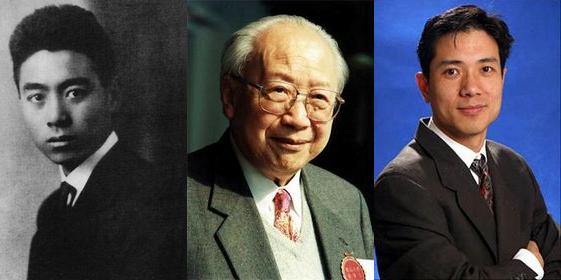Top 10 overseas study waves in Chinese history
- By Zhang Junmian
 0 Comment(s)
0 Comment(s) Print
Print E-mail China.org.cn, December 24, 2011
E-mail China.org.cn, December 24, 2011
Third Wave (began 1894) 第三次留學熱
Key Words: 1894, Chinese democratic revolution
Major Destination: Japan
After the First Sino–Japanese War in 1894, the Qing government dispatched more Chinese students to study in Japan, but ridden with foreign debt, it began to encourage self-sponsored study abroad. During the early 20th century, a great number of Chinese nationals flocked to Japan with the aim of learning from Japan's Meiji restoration (1868-1912), which they expected could help modernize China.
From 1902 to 1910, the number of Chinese students studying in Japan surged from merely 600 to more than 20,000. Within two years, more than 960 Chinese students joined the Tongmenghui (United League) founded by Chinese democratic revolution forerunner Sun Yat-sen in Tokyo in 1905. These people later became the main driving force to overthrow the feudal system during the 1911 Xinhai Revolution. Other representatives of this study-abroad wave included Huang Xing, Song Jiaoren and Liao Zhongkai. Communist Party of China (CPC) co-founders Chen Duxiu and Li Dazhao also studied in and returned from Japan.
Go to Forum >>0 Comment(s)







